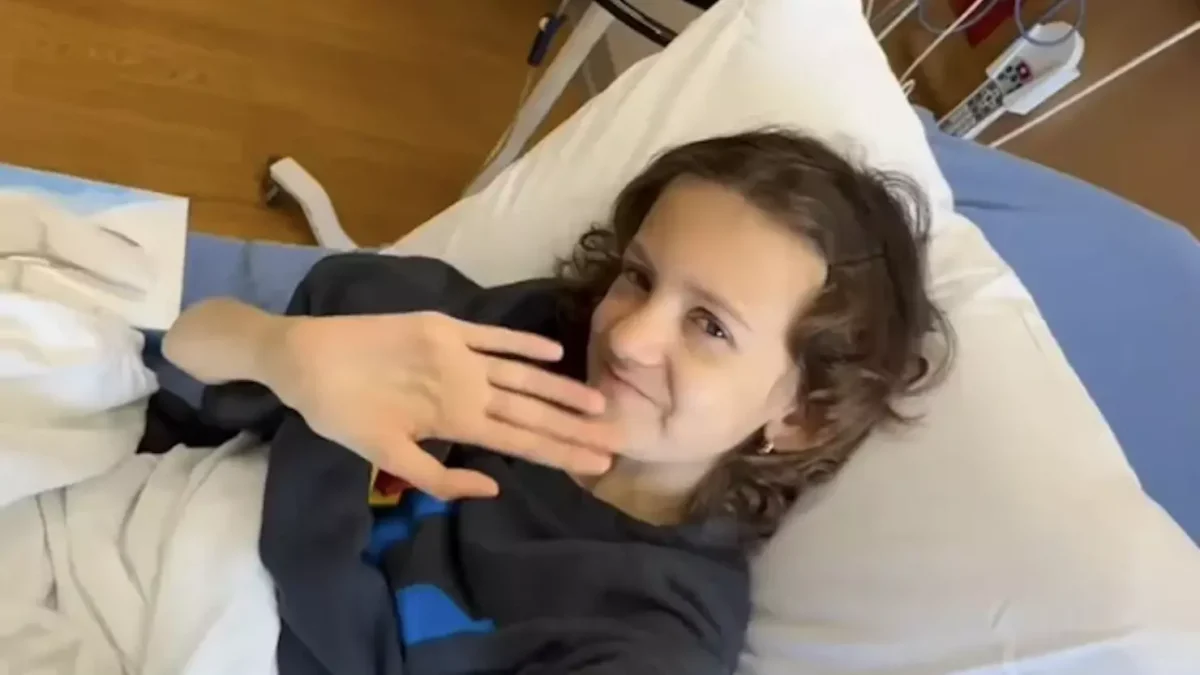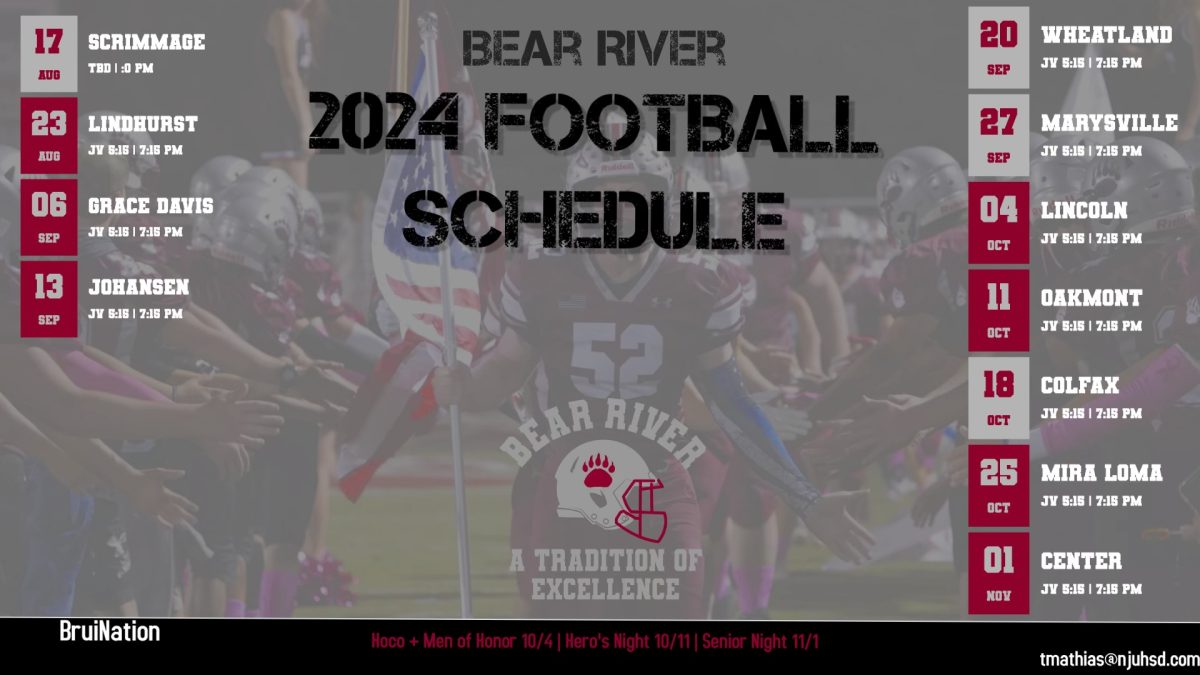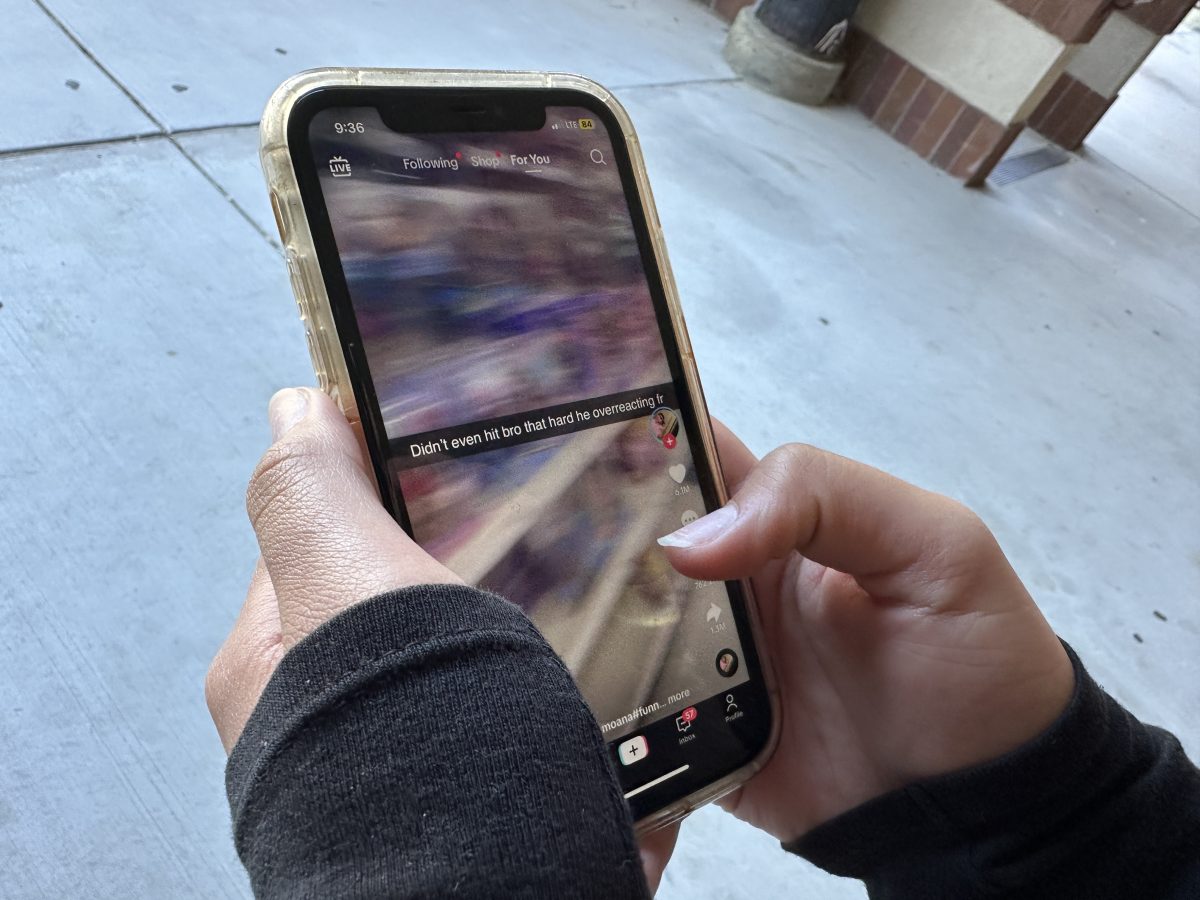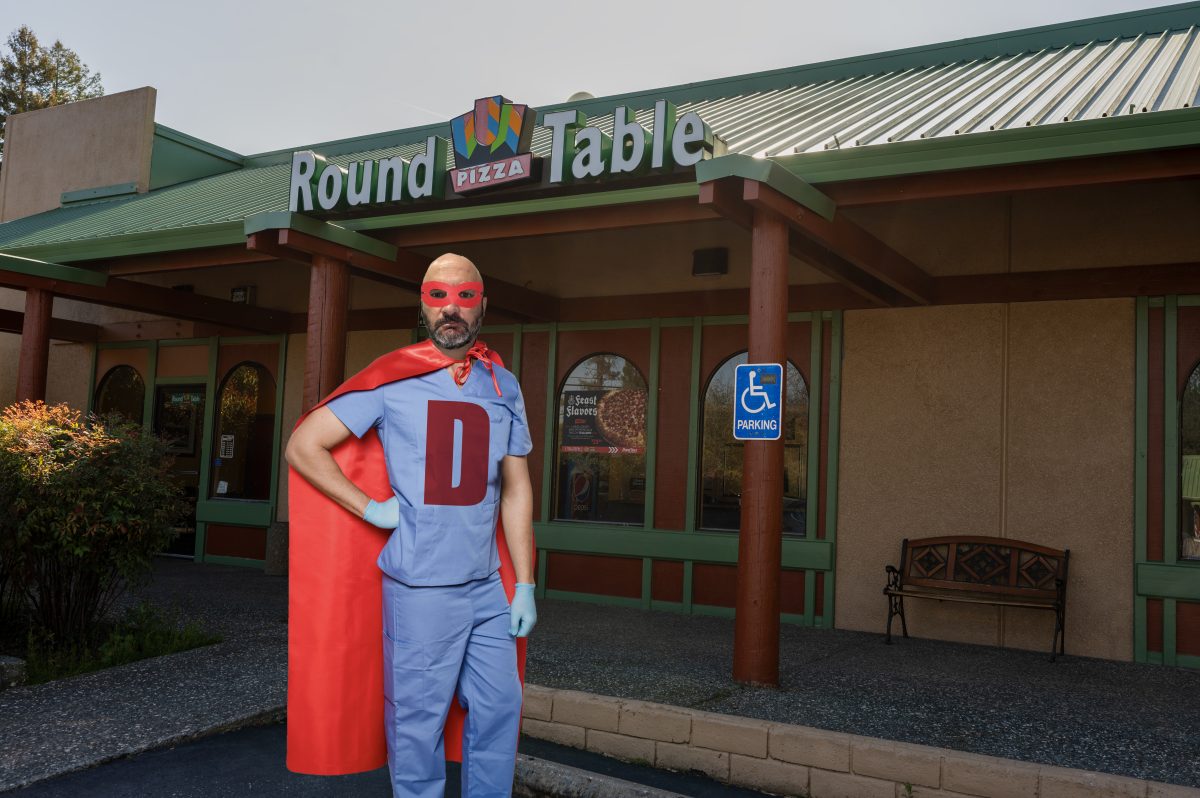With the variety of science classes Bear River High School offers, one would believe there would be more talk of dissections the classes have gone through. However, it seems that Bear River science classes aren’t scheduling dissections as often as many other high schools are.
Many students, such as Freshman Jolie Hurd, enjoyed learning about the dissection process.
“I like doing it [dissection],” she said. “I think it’s interesting and fun. You get to learn more about it.”
Fellow Freshman Paxton Waters agreed with her.
“I think it [dissection] is kind of cool,” he said. “Some people think it’s gross … [but I think] it’s fun and it’s cool to play around with.”
Not everyone agreed with these two, however.
“I personally have never been a fan of dissections, but I’ve never had to do it,” Senior Hope Chylewski said. “There was always that option that if you don’t want to, you don’t have to … I took Biology sophomore year, [but] I don’t remember dissecting anything. I’m taking AP Bio right now, and all we’re doing is labs and bookwork. I don’t think we’re going to dissect anything this year.”
Junior Annabella Thornbury shared a similar opinion with Chylewski.
“I don’t think that it [dissection] is okay,” she said. “If you make an animal’s whole point of life to be, pretty much, dismembered by humans, then I don’t think it’s okay because they deserve more than that.”
According to Biology Teacher Jennifer Weir, there are numerous reasons as to why Bear River no longer offers dissection as part of the curriculum in their Biology department.
“We have not performed dissections in a number of years,” she said. “When I first came to Bear River, we dissected frogs, and sometimes crayfish … The main reason we don’t do dissections is because the preservation materials are very expensive. We have a limited budget that we can spend our money on, and each frog or crayfish we choose to dissect would come out of our department budget. The other factor was that many students really did not like the experience, and they were put off by the idea that an animal was put to death for them to be able to view the inside of it. They thought, with technology, that you could get the same experience with something like a virtual frog.”
Many have performed some sort of dissection prior to becoming a student in high school.
“In seventh grade, we dissected a frog and a worm,” said Hurd.
Some, such as Freshman Justin Curry, would prefer to dissect more.
“[Something that I would like to dissect would be] a worm and a frog, but that’s kind of basic,” he said. “I wish I could do something else.”
Others do not believe that students should have to dissect in certain grades.
“No, I don’t think it should be required until college, when you really need to know the anatomy for a career that you would be going on to do,” Thornbury said.
Mrs. Weir believed there is reasoning behind Thornbury’s opinion.
“I think that our whole society has moved in a direction of being more conscious of animals and their place in the world,” she said. “They’ve recognized that animals do feel pain and they feel uncomfortable with the idea. Body system anatomy is not part of the current high school Biology standards. I think dissection of frogs is done at Magnolia, that is where the body system standards are now.”
Dissection is an experience that some students feel to be a beneficial experiment for avid learners.
“It’s [a lot more] educational to learn about the things yourself, and to get hands-on,” Waters said.
Curry agreed with him.
“I think they [students] should be given a choice, but people who want to definitely should have that option,” he said.
Mrs. Weir described why dissection is a good learning experience.
“Seeing first hand how the organs are connected gives you a better appreciation for the organism as a whole,” said Mrs. Weir. “There is something to be said about the experience of opening up the organism and the discovery that’s associated with it.”



































